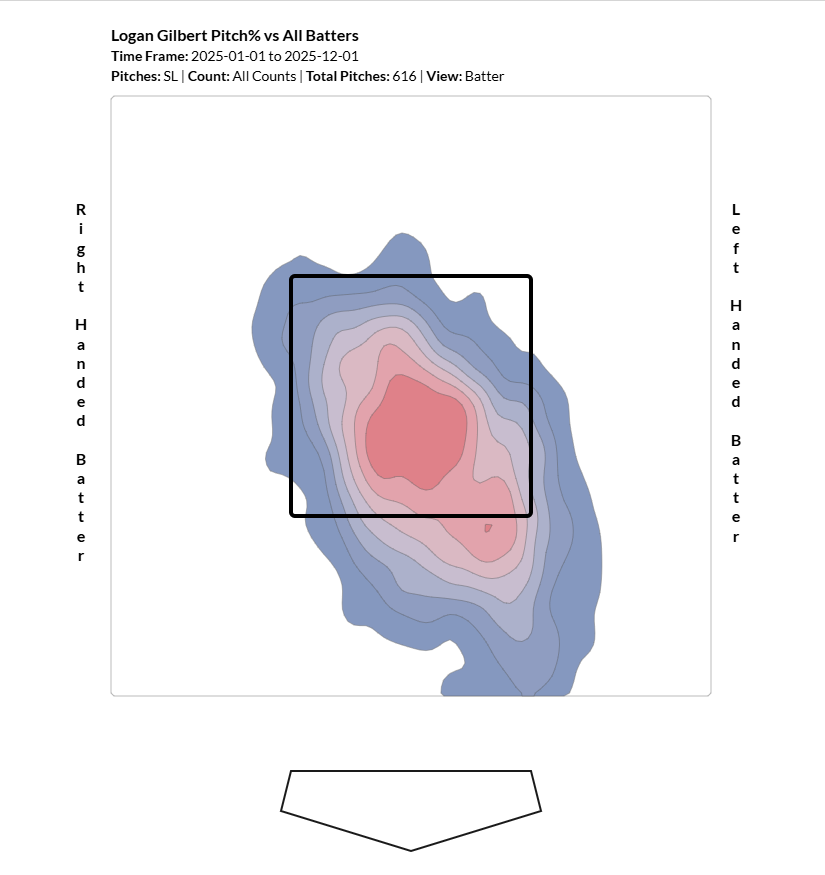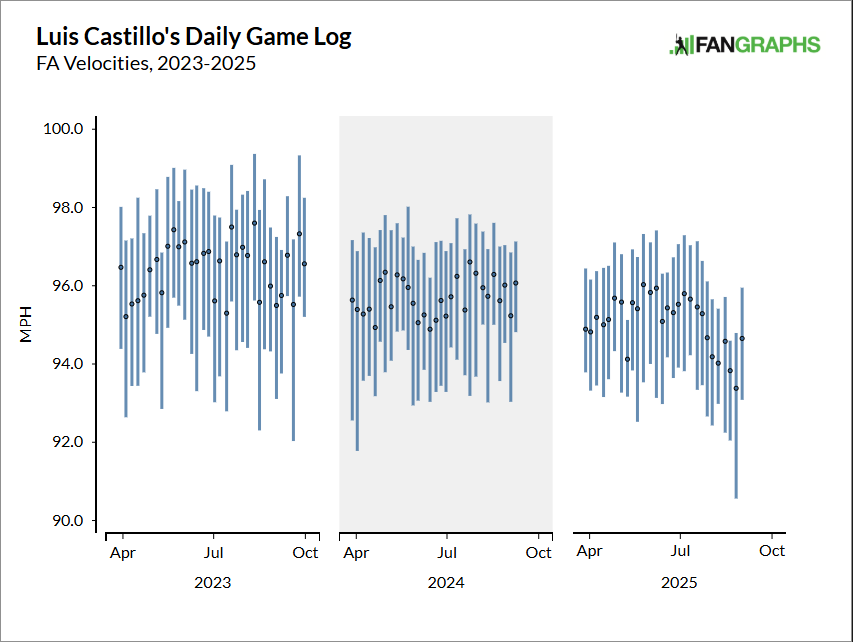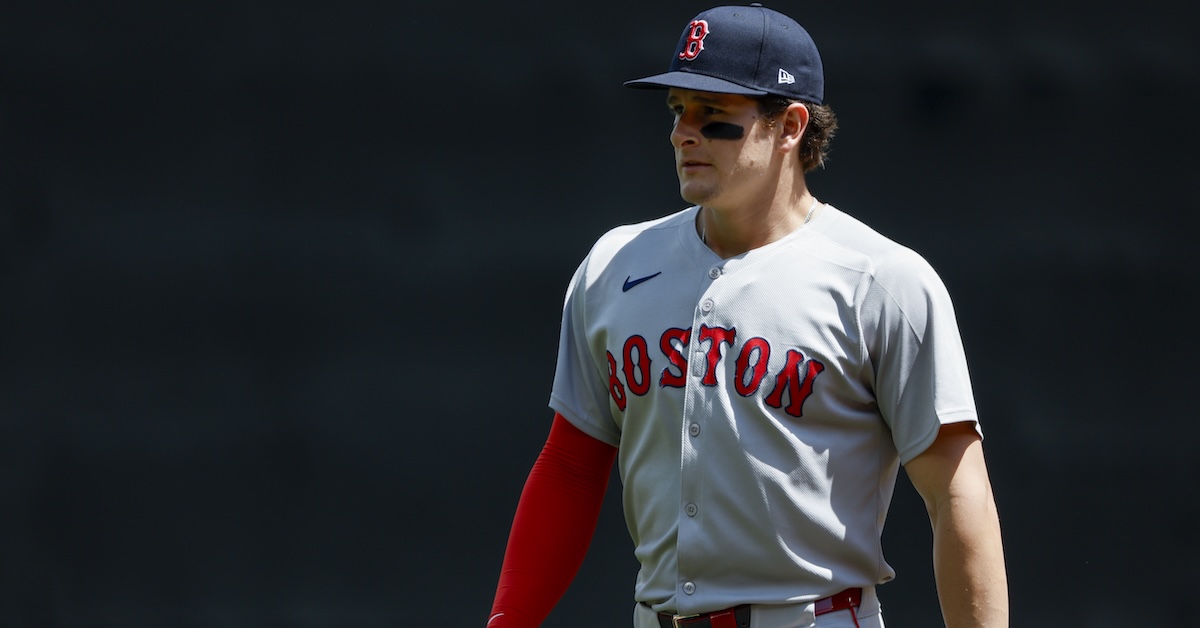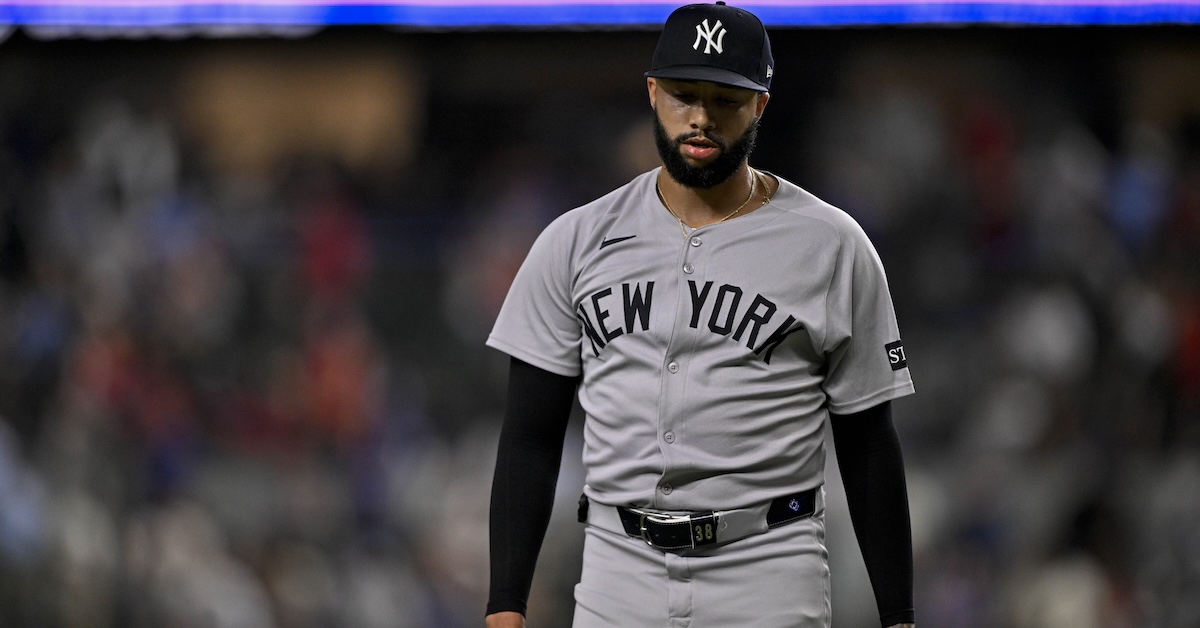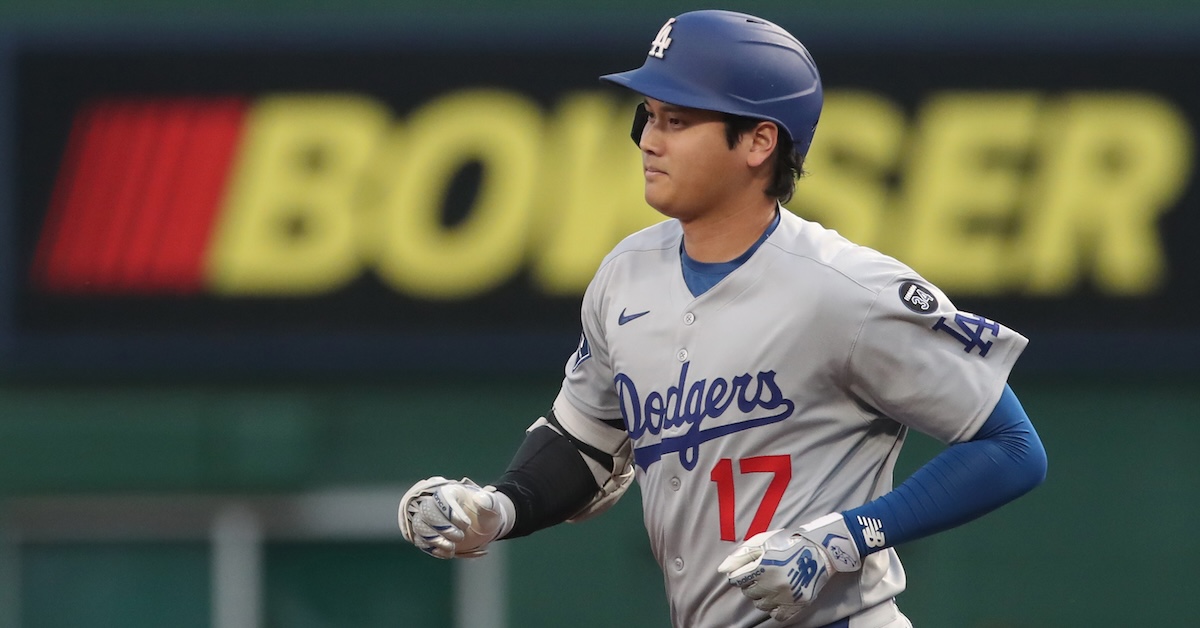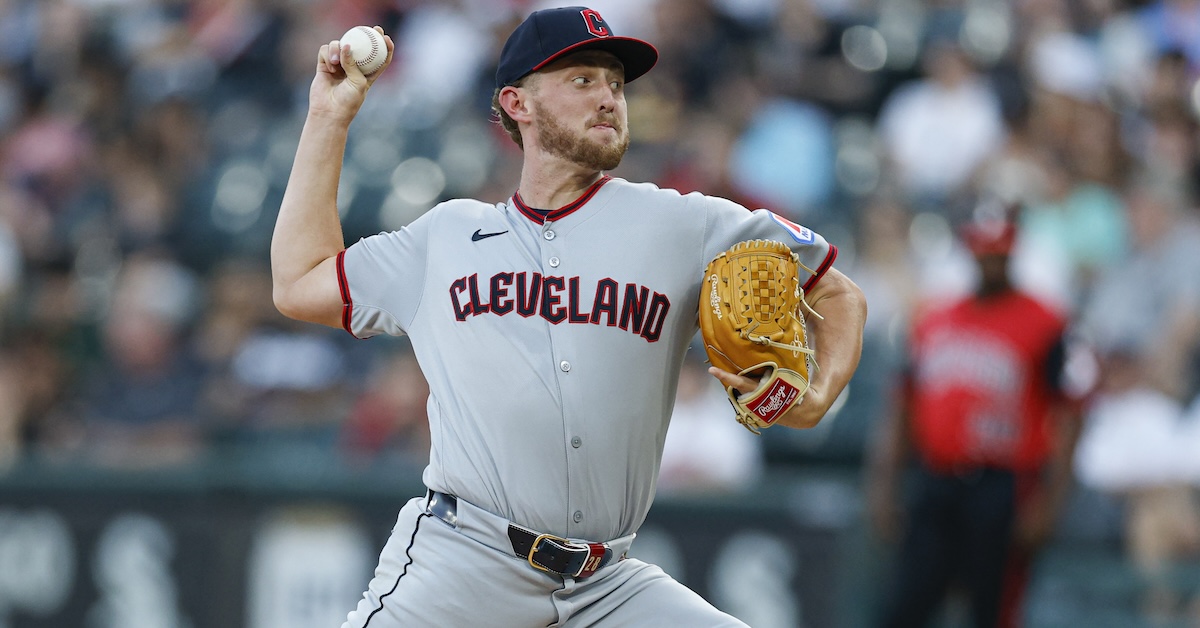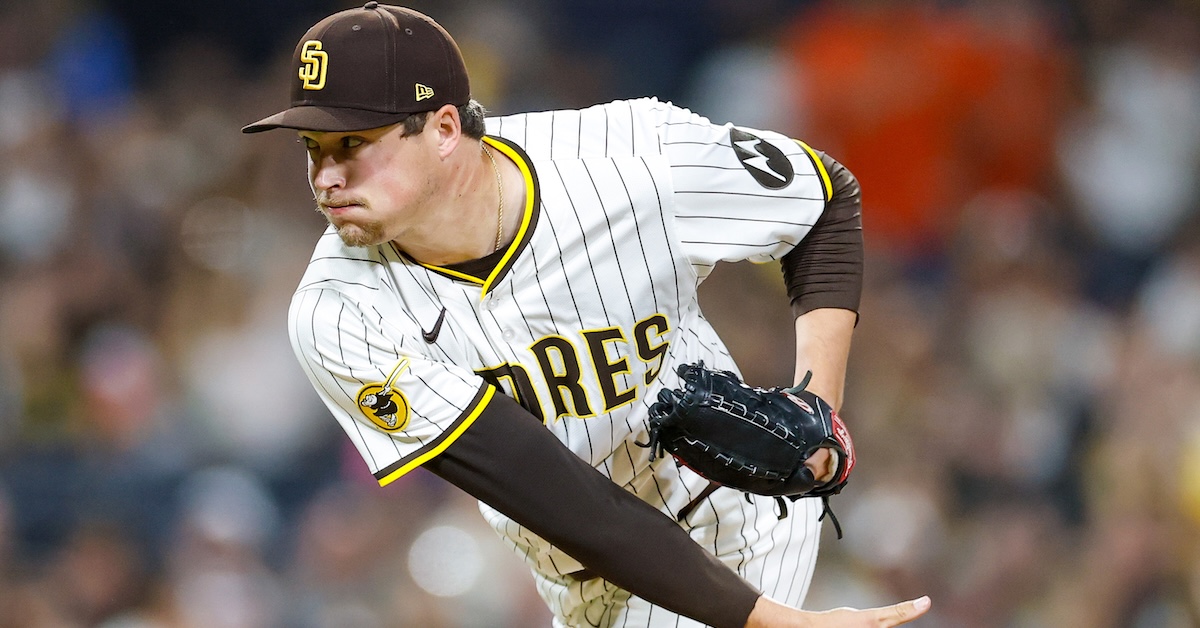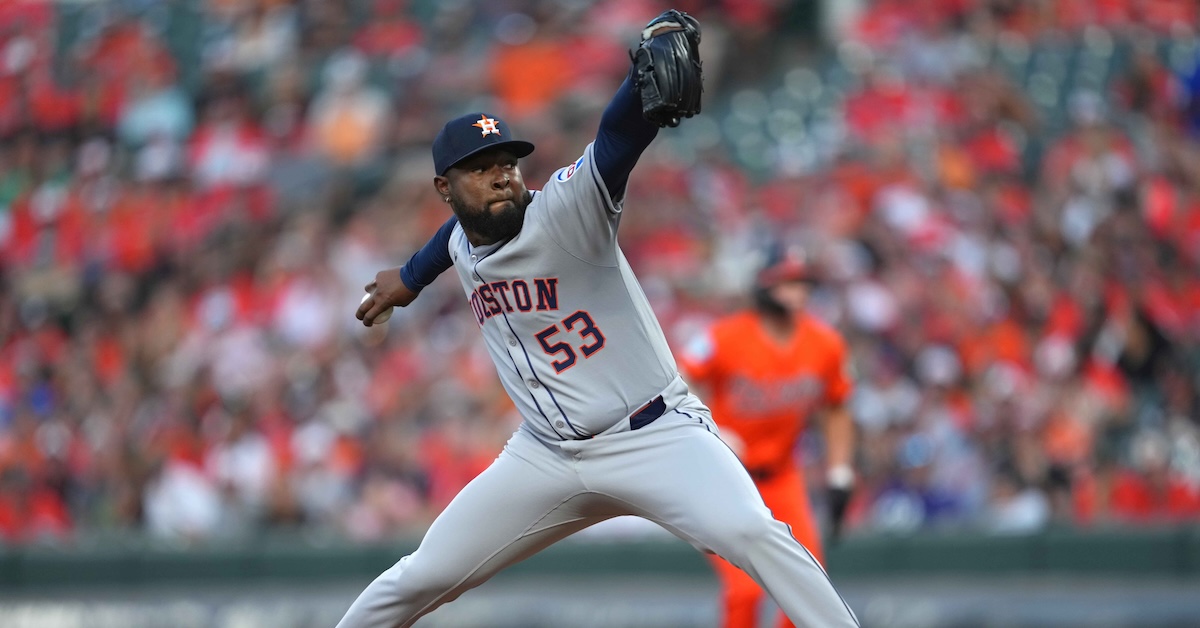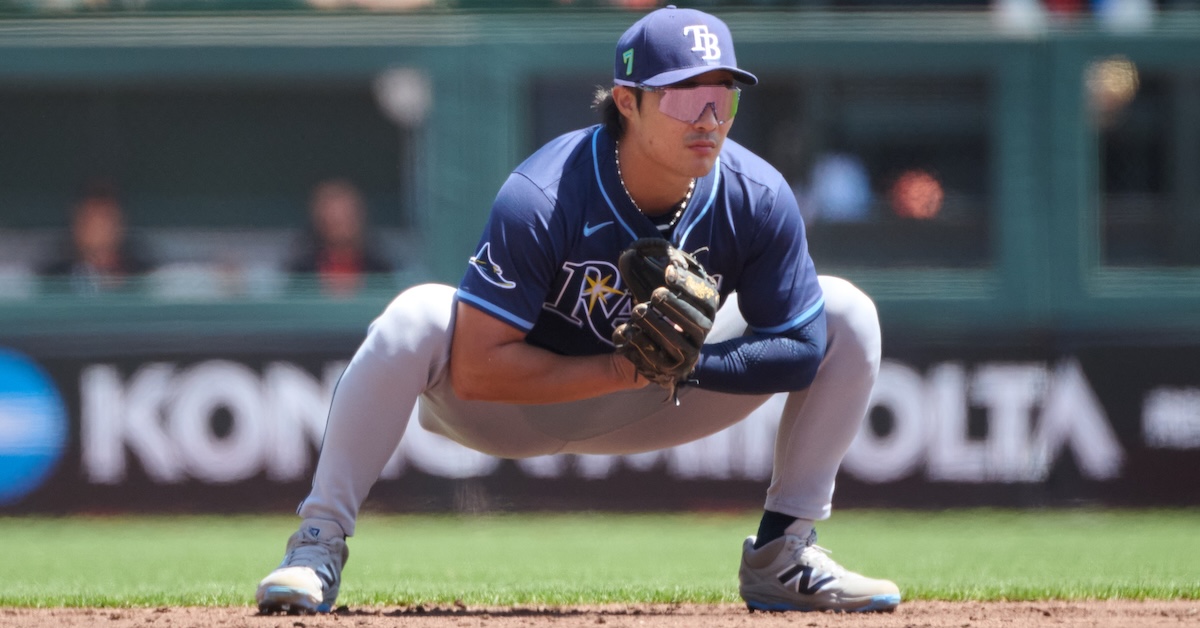Everybody’s Singing the Good Team, Bad Bullpen Blues
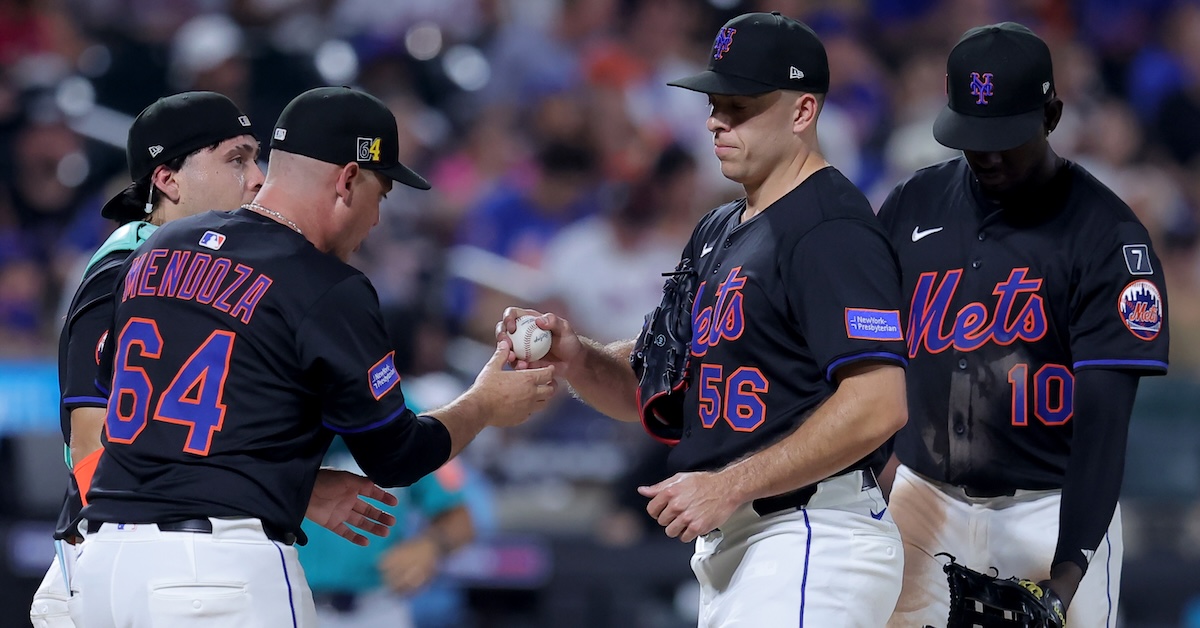
Are you a fan of a team in playoff position? Are you tearing your hair out because their bullpen has been completely unable to get anybody out over the past couple weeks? Is this starting to get creepy? Does it feel as if I’m staring straight into your very soul? Worry not. I’m just playing the odds. Below is a table that shows bullpen performance over the last 14 days, but only for the 13 teams with at least a 12% chance of making the playoffs. I’ve highlighted the teams whose ERA ranks in the bottom half of the league over that stretch:
| Team | ERA Rank | ERA | FIP Rank | FIP |
|---|---|---|---|---|
| Red Sox | 5 | 3.40 | 7 | 3.37 |
| Mariners | 12 | 4.08 | 1 | 2.79 |
| Dodgers | 13 | 4.11 | 10 | 3.51 |
| Astros | 14 | 4.27 | 15 | 3.98 |
| Phillies | 15 | 4.29 | 14 | 3.88 |
| Tigers | 16 | 4.34 | 25 | 5.29 |
| Rangers | 17 | 4.46 | 5 | 3.28 |
| Brewers | 18 | 4.67 | 6 | 3.29 |
| Padres | 20 | 4.70 | 22 | 4.63 |
| Mets | 21 | 5.03 | 13 | 3.64 |
| Yankees | 23 | 5.23 | 2 | 2.93 |
| Cubs | 25 | 5.26 | 17 | 4.21 |
| Blue Jays | 26 | 5.28 | 19 | 4.29 |
There are the Red Sox in fifth place, looking solid with a 3.40 ERA. But, uh, this not exactly an encouraging sign for all these playoff teams. That’s a lot of yellow. Boston is the only team in the top 10; no one else has a bullpen ERA below 4.00. Only five of these teams are even in the top half of the league. The Mets, Yankees, Cubs, and Blue Jays all have ERAs over 5.00.
The Brewers are tied with the Twins for the league lead with five blown saves in the past two weeks. The Blue Jays and Phillies each have four. Just a reminder: The Brewers have the best record in baseball, and the Blue Jays and Phillies are tied for the second best. All of sudden, none of them can close out a game to save their lives.
Once again, I need to disavow any supernatural influence here. I don’t think there’s a paranormal reason that seemingly every good baseball team’s bullpen is in a rut. It’s mostly a coincidence. If we look at FIP, things are much more reasonable. Six of our 13 teams are in the top 10, and only four are in the bottom half of the league. That’s pretty much what you’d expect. Most of the good teams have strong bullpens. This is a short stretch, a small sample of innings, and a volatile cohort to start with. The Brewers’ bullpen has an excellent 3.29 FIP over the past two weeks, but it’s blown five saves anyway. Stuff happens.
I’ll break down the four teams at the bottom of the table along with a couple others I found noteworthy due to injury reasons, or because I’m worried about them heading into the playoffs, but that’s mostly what I wanted to tell you. All the bullpens seem to be blowing up right now. It’s weird. If you’re tearing your hair out because we’re in September and your bullpen can’t hold on to a lead, relax. First, there may be enough time to right the ship. Second, whoever you’re facing in the playoffs can’t hold a lead right now either, unless it’s the Red Sox (who gave up eight runs in a bullpen game last night, presumably because that’s what all the cool kids are doing).
Mets
The Mets lead the league with a whopping six relievers on the IL right now: Reed Garrett, Drew Smith, Danny Young, A.J. Minter, Max Kranick, and Dedniel Núñez. Smith, Minter, Kranick, and Garrett had all been pitching well before their injuries. That’s four good relievers lost, and only Garrett has a chance to return this season. That’s how the Mets ended up claiming Wander Suero, who has thrown just 6 1/3 major league innings in the last two seasons combined, from the Braves off waivers yesterday. Suero has a 1.35 ERA and 2.63 FIP over 46 2/3 innings in Triple-A Gwinnett, and he will get the chance to prove that’s not a fluke. The Mets called him up less than half an hour ago to take the spot of the struggling Kodai Senga, who has been optioned to Syracuse.
More than that, Ryan Helsley has been completely ineffective since the deadline trade that brought him to New York from St. Louis. He had a 3.00 ERA and 3.56 FIP as a Cardinal, and he has a 11.45 ERA and 6.50 FIP as a Met. Helsley said last week that he thinks he’s been tipping pitches. With any luck, he’ll get that sorted out. If he does that and Garrett comes back pitching well, they’ll join Tyler Rogers, lefties Brooks Raley and Gregory Soto, and closer Edwin Díaz, all of whom are putting up good numbers this season. Somehow the Mets could still put together a solid bullpen going into the playoffs.
Dodgers
The Dodgers’ relievers rank third in the majors with 5.2 WAR this season, but that’s mostly because they’ve been asked to throw 570 1/3 innings, the most in baseball. At the moment, RosterResource says they’re tied with the Brewers at five injured relievers, one behind the Mets. They lost Evan Phillips to Tommy John surgery in May, deadline acquisition Brock Stewart went on the IL with shoulder inflammation almost immediately after the trade, and Alex Vesia strained an oblique on August 21. Jack Dreyer, Justin Wrobleski, and Ben Casparius are the only relievers on the team with FIPs below 3.50. Tanner Scott and Kirby Yates are load-bearing pieces who have taken major steps back and lost time to injury besides, and yet the Dodgers are still one of the higher teams on the list. After missing time with forearm tightness earlier in the season, Blake Treinen has allowed just two runs in his last 12 appearances, and his ERA is down to 3.00.
Yankees
The headliner here is the 5.60 ERA that Devin Williams has put up this season, but as Michael Baumann wrote earlier today, the underlying numbers aren’t that bad. They’re maybe even good. The Yankees lost Jake Cousins to Tommy John surgery in June and Jonathan Loáisiga to a flexor strain in August. Brent Headrick is also on the IL after taking a line drive off his pitching arm. The Yankees have also suffered blowups from Paul Blackburn and Yerry De los Santos. They pulled the plug on deadline acquisition Jake Bird almost immediately. He had a 4.73 ERA and and 3.50 FIP in Colorado before the deadline, but he got into just three games for the Yankees, allowing six runs over two innings before being optioned to Triple-A, where he has continued to struggle. Luke Weaver has been bitten by the home run bug lately, allowing four in his last seven appearances for an ERA of 5.14. However, his average exit velocity over that stretch is lower than it’s been the rest of the season, and he’s run a 2.53 xFIP. It seems more like bad luck than anything.
Fernando Cruz and David Bednar have been lights-out, Tim Hill is still a groundball machine, and Camilo Doval hasn’t allowed a run in his last five appearances. Over the entire season, the Yankees bullpen has a 3.93 xFIP, tied for second-best in baseball. Over the past two weeks, they’ve got the second-best FIP despite the hideous ERA. It’s hard to imagine them making a run without Williams and Weaver (The Deadly W’s) turning things around, but this isn’t necessarily a disastrous ‘pen either.
Cubs
By most metrics, the Cubs bullpen has been right in the middle of the pack this year. In the past two weeks, its 3.05 xFIP is the third best in baseball. So why are the ERA and FIP so ugly? That’s the danger of playing in homer-friendly Wrigley Field in August. Over that stretch, 21.1% of their fly balls have gone for home runs, second only to the Rockies (and not coincidentally, they recently spent a three-game series in Colorado). Drew Pomeranz and Taylor Rogers have put up good seasons, but have each given up a couple of homers in recent weeks, and because the Cubs have relied on their bullpen less than just about any other team over that stretch, those mistakes have been magnified. Nothing that’s happened in the past two weeks has made me change my opinion of this relief corps.
Phillies
Philadelphia’s bullpen has been an issue all year long. Free agent signings Joe Ross and Jordan Romano have not worked out at all, putting up a combined -0.5 WAR over 86 appearances and 93 2/3 innings. The good news is that the bullpen looks very different now. The Phillies released Ross, and Romano hit the IL with middle finger inflammation. They signed David Robertson in free agency in July, traded for Jhoan Duran at the deadline, and got star lefty José Alvarado back from an 80-game PED suspension on August 20. Alvardo has looked very rusty since his return and won’t be available for the playoffs, but Robertson and Duran have been excellent. Together with Matt Strahm, Orion Kerkering, and Tanner Banks, the Phillies should have a serviceable, if shallow, bullpen going into October. With Zack Wheeler out and Aaron Nola struggling, the rotation may be the bigger concern.
Blue Jays
How much time do you have? The Blue Jays had the worst bullpen in baseball in 2024, and if nothing else, they looked primed to bounce back. They non-tendered Jordan Romano. They signed the excellent Jeff Hoffman, traded for Nick Sandlin, brought back Yimi García and Ryan Yarbrough, and took flyers on arms like Amir Garrett, Jacob Barnes, and Richard Lovelady. And they have bounced back. They rank in the middle of the pack in both ERA and FIP, and seventh in xFIP. Lately, though, they just can’t seem to get outs.
They released Yarbrough before the season. The fliers they took haven’t worked out, nor have in-house guys like Chad Green, Zach Pop, and Erik Swanson. They’ve lost major pieces, with both Sandlin and García out for the season. Other injuries forced Easton Lucas and Eric Lauer into starting roles, where they’ve performed significantly worse. Hoffman put up three ugly performances in the last week of August, though he’s looked much better in the past week. Although the underlying numbers aren’t bad, deadline acquisition Louis Varland has a 6.91 ERA in 15 appearances as a Blue Jay.
If Hoffman can keep things straightened out, if Varland’s luck can turn around, if Lucas and Lauer can get back in the bullpen, if the arms that got them here – Yariel Rodríguez, Brendon Little, Braydon Fisher – can keep doing what they’re doing, the Blue Jays could have a decent bullpen going into the playoffs. But that’s a lot of ifs.


